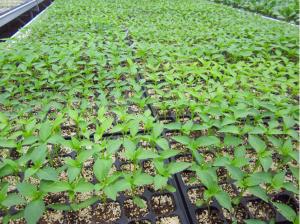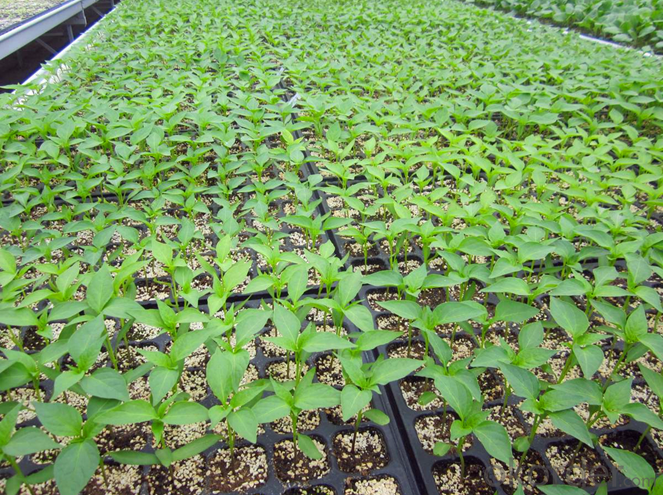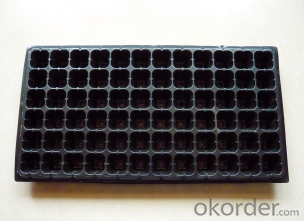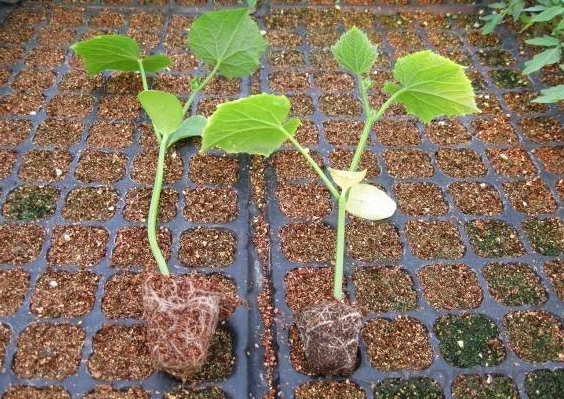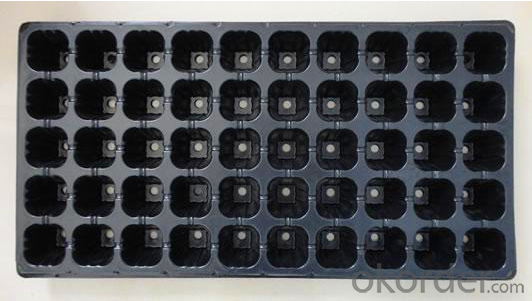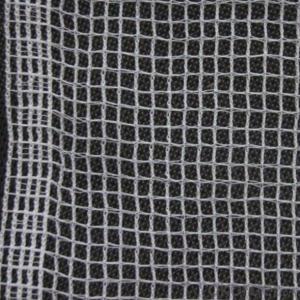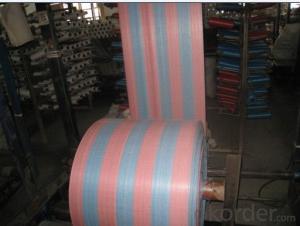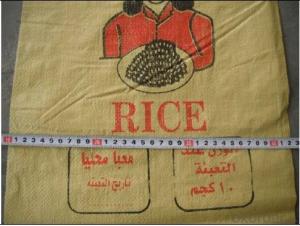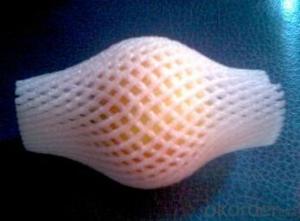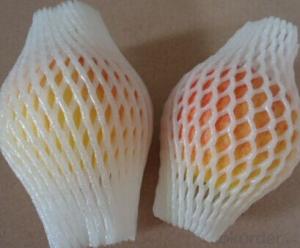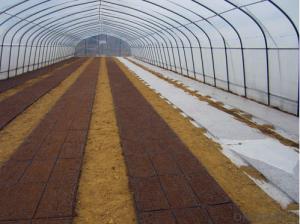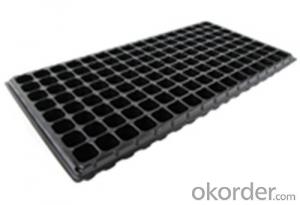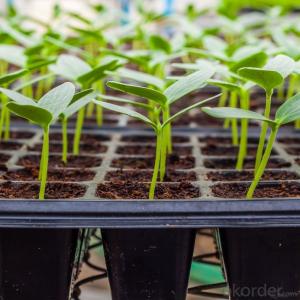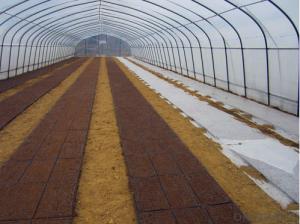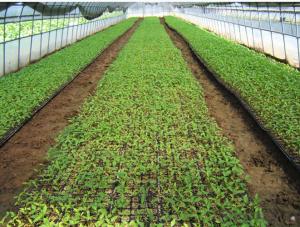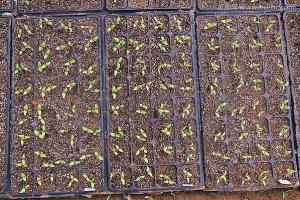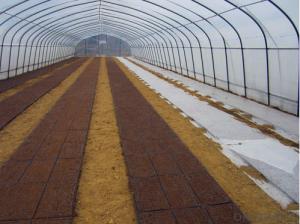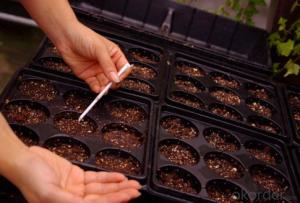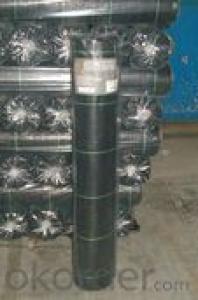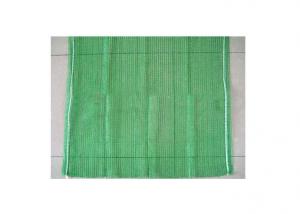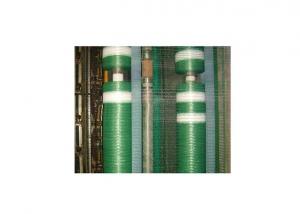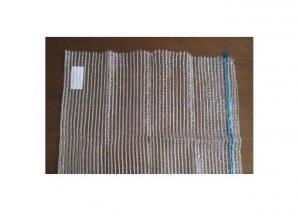32/50/72/98/128/288 Cells Plastic Seeding Tray
- Loading Port:
- China main port
- Payment Terms:
- TT OR LC
- Min Order Qty:
- 3000 pc
- Supply Capability:
- 2000000 pc/month
OKorder Service Pledge
OKorder Financial Service
You Might Also Like
Specification of Plug Trays HIPS Made Plastic Plug Tray for Greenhouse (Growing and Seedling):
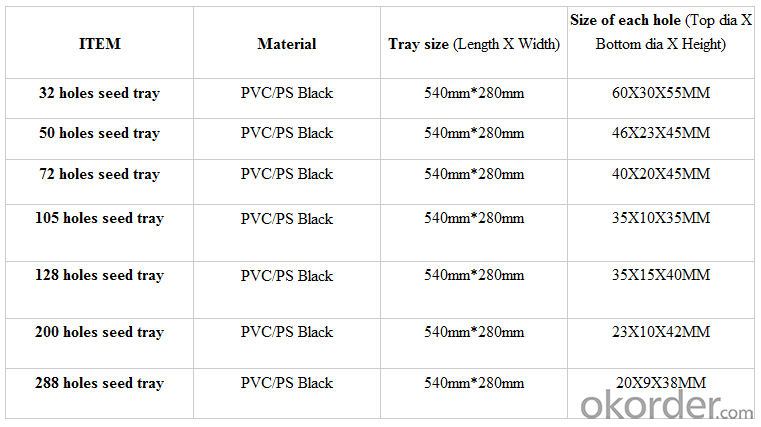
Features of Plug Trays HIPS Made Plastic Plug Tray for Greenhouse (Growing and Seedling):
· Material: HIPS
· Thickness: 0.5mm-1.5mm, Standard:1mm
· Weight: 80g(±5)g-230g(±5)g, Standard weight:155g(±5)g
· Size: length:490mm-540mm, width:190mm-345mm,depth:25mm-150mm
· Standard:540mmX280mm
· Cell count: 18-512
· Package: In Carton
· Warrenty: 8-10 times
Packaging & Delivery
Packing Detail: export standard carton or large bags
Delivery time: 4 million per momth after receipt of deposit
Advantage:
Waterproof, UV-resistant, extrusion-resistant
Easy carry for young seeding plant and grow
Service:
1. Quick, efficient and professional response within 24 hours, 14 hours online services
2. 10 years manufacturing and exporting experience in agriculture field.
3. Technical support and solution by chief engineer.
4. Strict quality control system & team, high reputation in the market.
5. Full range of irrigation products for choice
6. OEM/ODM services
7. Accept sample order before Mass Order
Picture of Plug Trays HIPS Made Plastic Plug Tray for Greenhouse (Growing and Seedling):
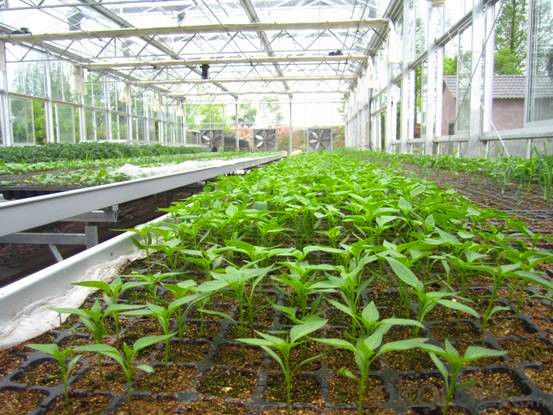
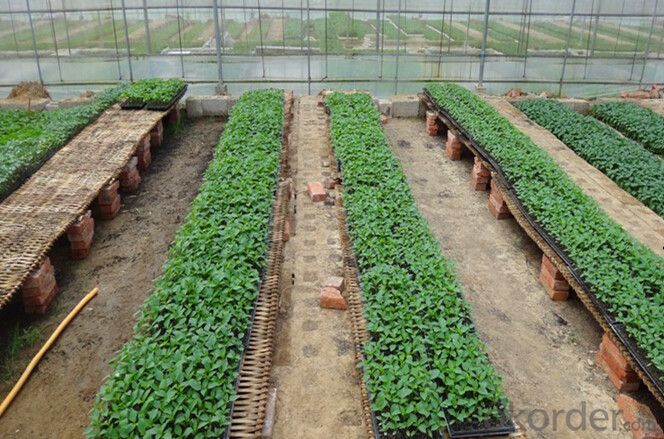
FAQ of Plug Trays HIPS Made Plastic Plug Tray for Greenhouse (Growing and Seedling):
Q: 1.How long is the production time?
A: Usually one to two weeks.
Q: 2.How is the seed tray being packaged?
A: They can be packaged in carton or pallets. Carton size is 1375px*725px*1250px.
Q:3.How many times can the seed tray be used?
A: Under the same environment, it is decided by the thickness. Usually 0.6mm thickness can be used for 1 or 2 times.
1.0 thickness can be used for 3-4 times. 1.5 thickness can be used for 8-10 times.
- Q: What are the different types of agricultural plastic fences?
- There are various types of agricultural plastic fences available, including electric fences, mesh fences, deer fences, snow fences, and poultry netting. Each type serves a specific purpose in safeguarding crops, livestock, or property in agricultural settings.
- Q: Can ground cover be used to create a natural privacy screen?
- Yes, ground cover can be used to create a natural privacy screen. Ground cover plants, such as creeping juniper, English ivy, or vinca minor, can spread and form a dense mat that effectively blocks the view and provides privacy. Additionally, ground cover plants can also add beauty and aesthetic appeal to the landscape while serving as an effective privacy barrier.
- Q: Are nursery trays suitable for starting plants for green roofs?
- Yes, nursery trays are suitable for starting plants for green roofs. These trays provide a controlled environment for seed germination and seedling growth, allowing for optimal conditions such as proper drainage, aeration, and moisture retention. Additionally, nursery trays are designed to be easily moved and transported, which can facilitate the installation of plants on green roofs.
- Q: What are the recent advancements in the field of agricultural plastic products?
- <p>Yes, there are several new technologies in agricultural plastic products. These include biodegradable plastics made from plant-based materials, which reduce environmental impact. There's also the development of smart or 'intelligent' plastics that can change properties based on environmental conditions, enhancing crop protection. Precision agriculture technologies are being integrated with plastic products, such as sensors embedded in irrigation systems, to optimize water usage. Additionally, there's an increase in the use of nanotechnology in plastics to improve their strength and longevity while reducing the amount needed. These advancements aim to increase efficiency, sustainability, and crop yield in agriculture.</p>
- Q: How do you choose the right ground cover for a specific moisture requirement?
- To choose the right ground cover for a specific moisture requirement, it is important to consider a few factors. First, you need to assess the moisture level in the area where the ground cover will be planted. This can be done by observing the soil drainage and the amount of sunlight the area receives. Next, research different ground cover options that thrive in the specific moisture conditions you have identified. Some ground covers are better suited for dry conditions, while others prefer moist or even wet environments. Consider factors such as the plant's water needs, its ability to tolerate drought or excessive moisture, and its root system's ability to retain water. Additionally, take into account the aesthetics and functionality you desire from the ground cover. Some may prefer low-growing, spreading ground covers, while others may want taller, more ornamental options. Keep in mind the purpose of the ground cover, whether it is to prevent erosion, provide a lush appearance, or serve as a low-maintenance solution. Lastly, consult with local gardening experts or nurseries to get advice specific to your region's climate and soil conditions. They can provide valuable insights and recommend suitable ground covers that will thrive in your specific moisture requirements.
- Q: Can the use of plastic mulch in agriculture enhance the fertility of the soil?
- <p>Yes, agricultural plastic mulch can be used to improve soil fertility. It helps in retaining soil moisture, which is crucial for plant growth, especially in arid regions. By reducing evaporation, mulch can maintain a more consistent soil moisture level, promoting better root development. Additionally, it can increase soil temperature, which can lead to faster plant growth and earlier harvests in cooler climates. Mulching also suppresses weed growth, reducing competition for nutrients and water. Furthermore, it can improve soil structure by preventing crusting and promoting better aeration, which is beneficial for soil microorganisms and nutrient cycling. However, it's important to manage plastic mulch responsibly to avoid environmental pollution from non-biodegradable materials.</p>
- Q: Can nursery trays be used for starting perennial transplants?
- Yes, nursery trays can be used for starting perennial transplants. These trays provide a controlled environment for germination and early growth, allowing the plants to develop a strong root system before being transplanted into the ground. Additionally, the trays help in organizing and managing the seedlings, making it easier to care for and monitor their progress.
- Q: My mom is almost ddone with building her chicken coop. Now she is just putting on the finishing touches. She is wondering if chickens will nest in plastic boxes if they are cut right and such.
- The good news is, chickens will nest in almost anything they can fit in! If it's in a sheltered/dark area with straw in it, they'll lay an egg in it. I've seen them in baskets, garbage cans, anywhere they feel like. If they don't start laying in them immediately, put a couple of eggs in them and they'll get the idea.
- Q: What are some ground cover options for areas with heavy pollution?
- Some ground cover options for areas with heavy pollution include English Ivy, Creeping Juniper, Pachysandra, and Vinca minor. These plants are known for their ability to tolerate and even improve air quality in polluted environments.
- Q: Are nursery trays UV resistant?
- Yes, nursery trays are typically UV resistant to prevent damage caused by prolonged exposure to the sun's ultraviolet rays.
Send your message to us
32/50/72/98/128/288 Cells Plastic Seeding Tray
- Loading Port:
- China main port
- Payment Terms:
- TT OR LC
- Min Order Qty:
- 3000 pc
- Supply Capability:
- 2000000 pc/month
OKorder Service Pledge
OKorder Financial Service
Similar products
Hot products
Hot Searches
Related keywords
